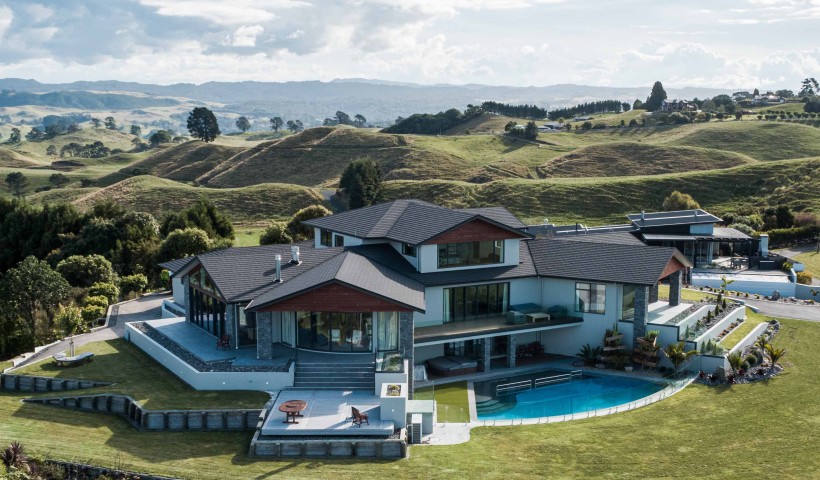
Designed in the late 1960s by architect Charles Thomas of Thomas Architects, the Our Lady of Victories Catholic Church in Sockburn, Christchurch has earned industry recognition throughout the years — not only winning an NZIA national award for excellence of design in 1970, but also an NZIA national enduring architecture award in 2005. For a recent upgrade to the building, the church chose to work once again with Thomas Architects for a sensitive refurbishment that would preserve the integrity of the original design.
The project involved seismic strengthening and a complete re-roof of the building which contained asbestos in both the roof and underlay. With the traditional look and unique curved design of the roof, material selection for the replacement tiles was critical. The architects specified Gerard CF Shake Tiles — stone-coated steel tiles with concealed fastening specifically designed to resemble traditional shake roofs.
The Gerard CF Shake profile met the brief in terms of looks and durability. “The roof, once on, is not able to be easily accessed for maintenance or repairs so needed to be tough,” explains Kevin Crawford, Director, Canterbury Roofing. “And the roof tile chosen uses concealed fixings. This means no external fixings, producing a better-looking finish and no penetrations through the tile.” The Charcoal Blend colour also provided a close match to the original tiles.
With over 650m² of roof area and asbestos removal to deal with, installation was completed in stages by roofers Alan and Noah Faust of Canterbury Roofing, with careful separation between removal areas and newly installed areas. The Gerard CF Shake tiles provided advantages for the roofers who worked around the clock on the project.
“The tile is installed from the bottom up, which sped up the process,” says Kevin. “We could work up the roof installing tiles and the ridge caps as we went. This was a big advantage as the curvature of the roof meant manoeuvring the boom lift was very difficult so this reduced the amount of time we had to get access to an area.”
While no repair work was required to the roof structure, the lower part of the roof was well below minimum pitch, and actually fell backwards at the lowest point, meaning additional waterproofing was undertaken. “The battens were packed and planed by Alan Faust to create fall,” explains Kevin. “Butynol was then installed over cavity battens underneath the roof to allow a drainage path for any water that may leak through the tiles on the lower pitched section.”
While the unique shape of the roof provided a few challenges, the finished result was well worth it. One of the features which architect Charles Thomas is pleased survived the restoration are the ribs of the roof. The ribs create gutters to direct water off the face of the roof, which slopes sideways as well as down, providing both a practical and aesthetic purpose.
Ultimately, the durability and classic look of the Gerard CF Shake tiles paired with the detailed work by the Canterbury Roofing team has resulted in an impressive new roof that maintains the integrity of the church’s iconic design.
“We were very pleased with how the new roof went,” says Charles. “Any building that we do we talk directly to the people who supply and install the materials because we are always focused on using the best materials along with the best workmanship, which is what we got here.”













 New Products
New Products










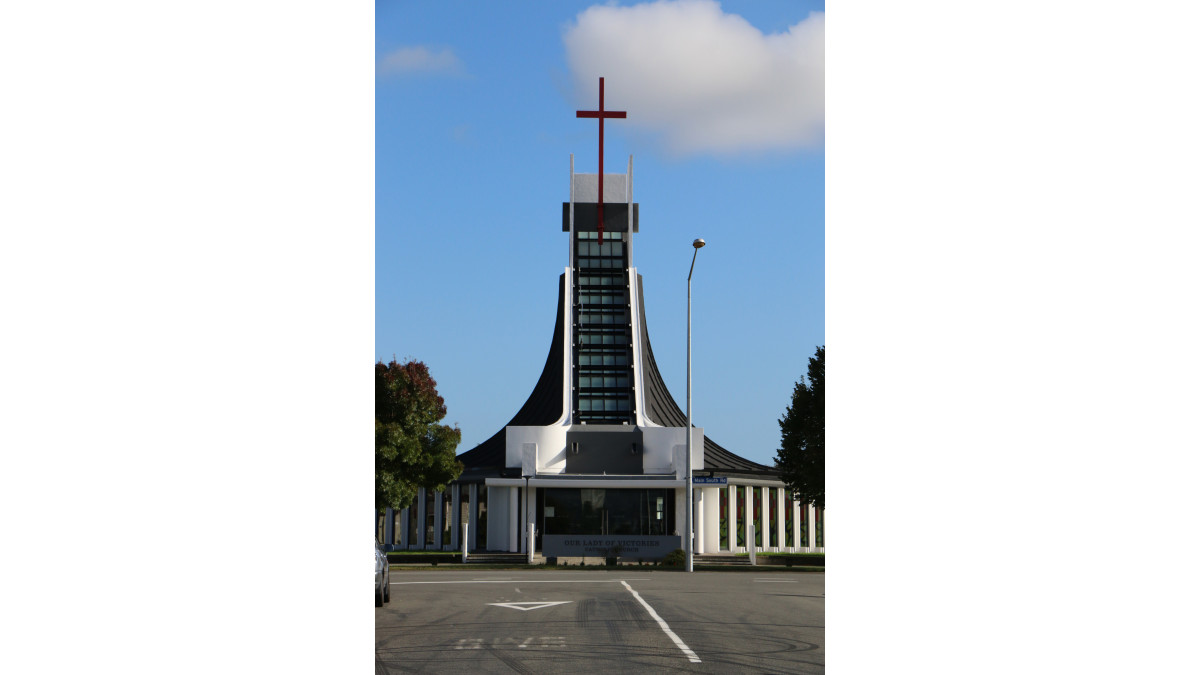
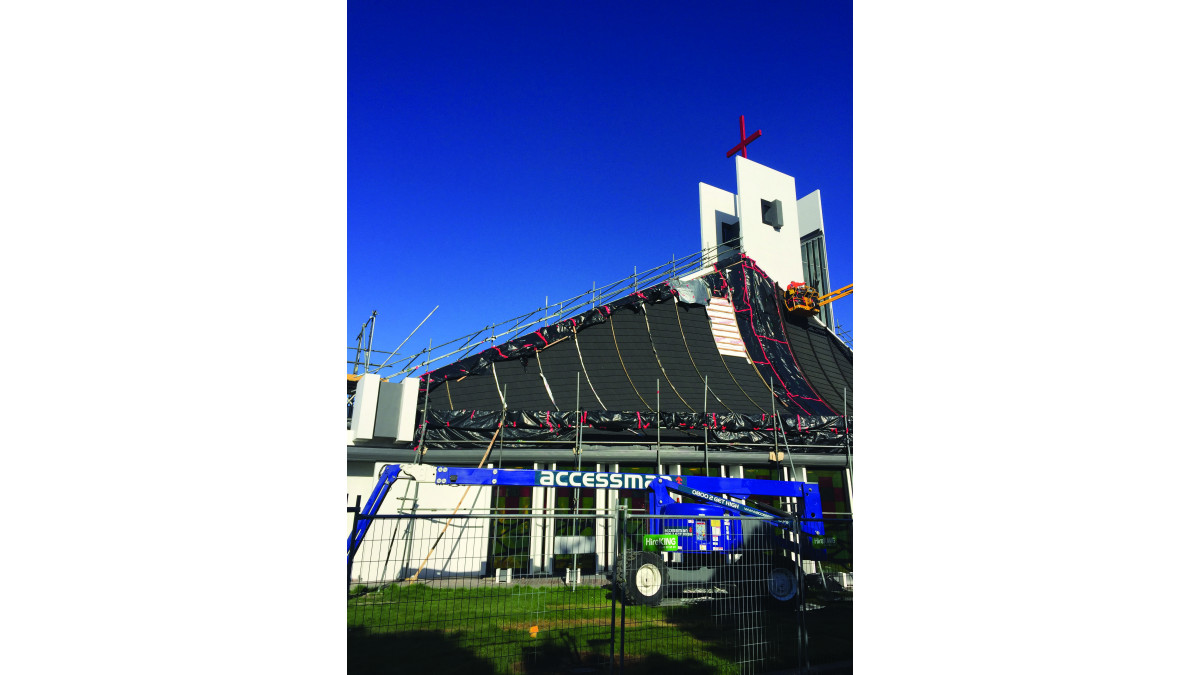
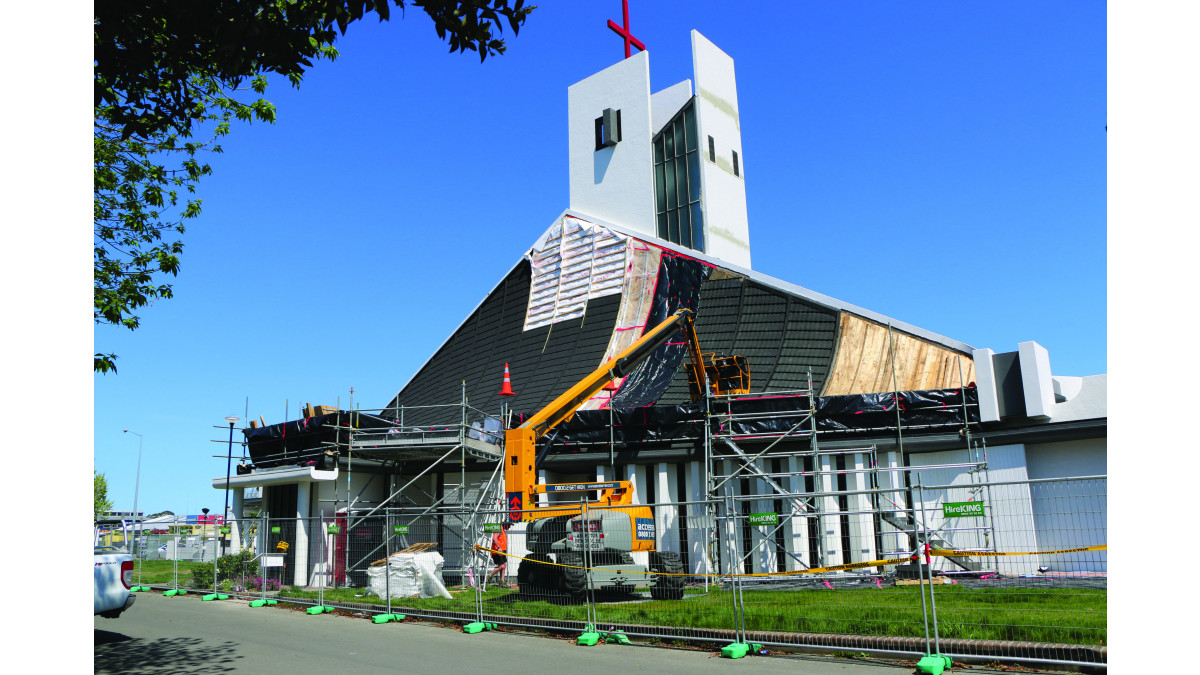
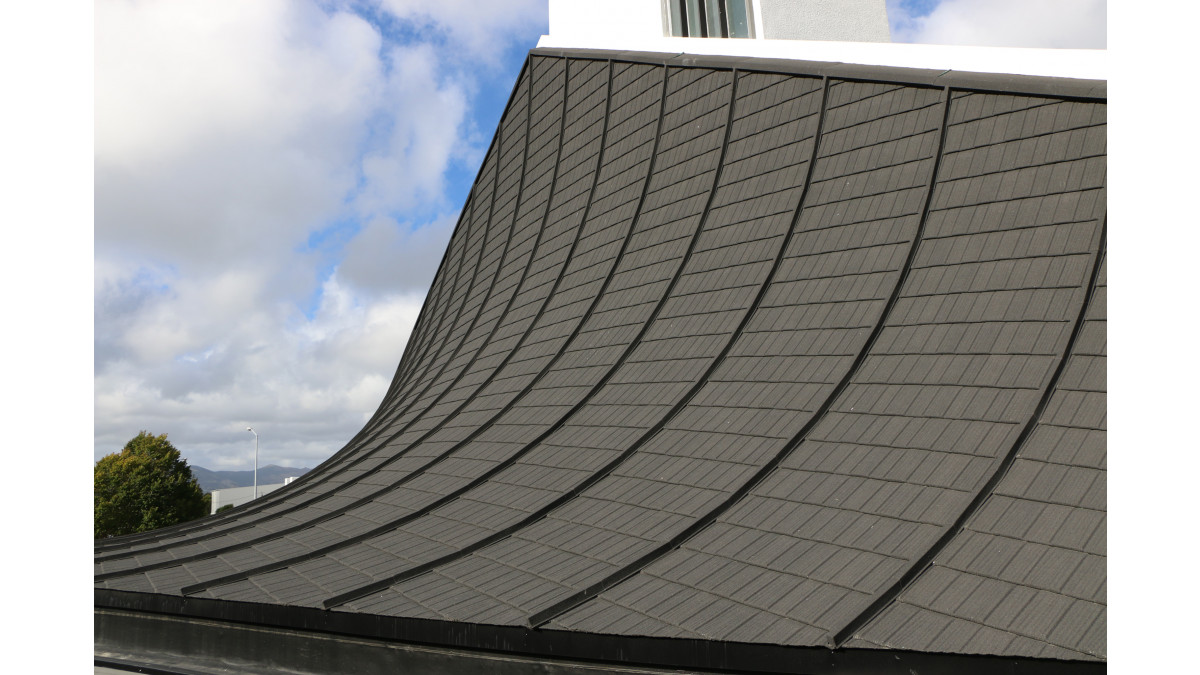
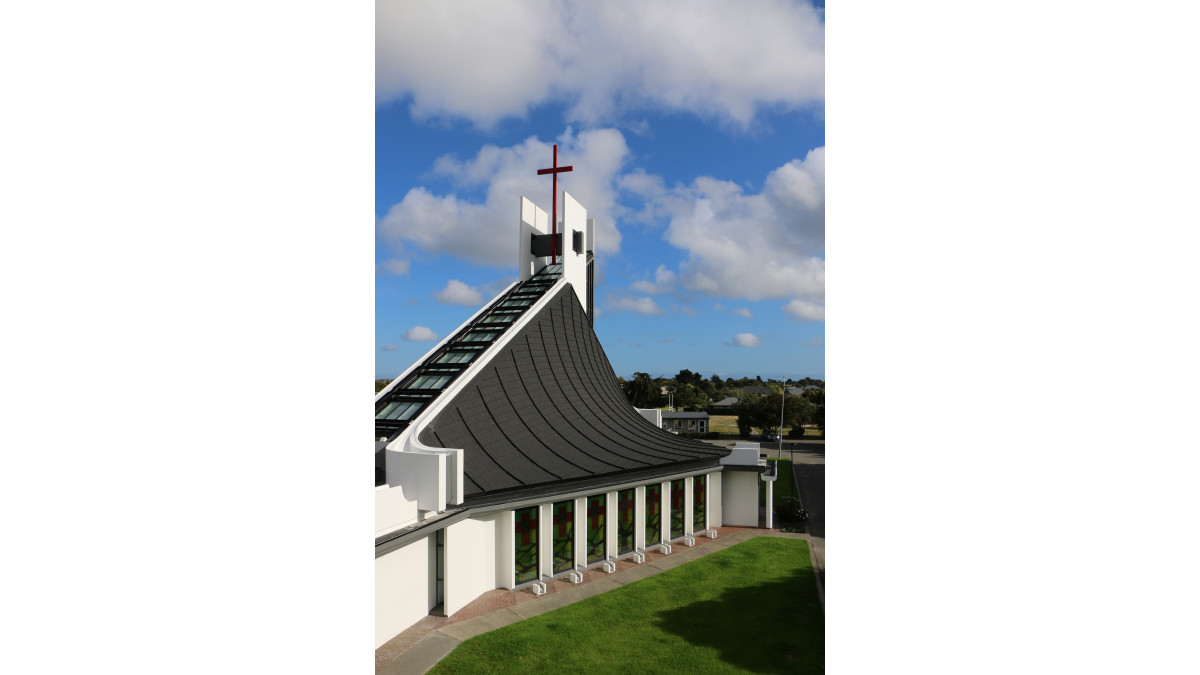


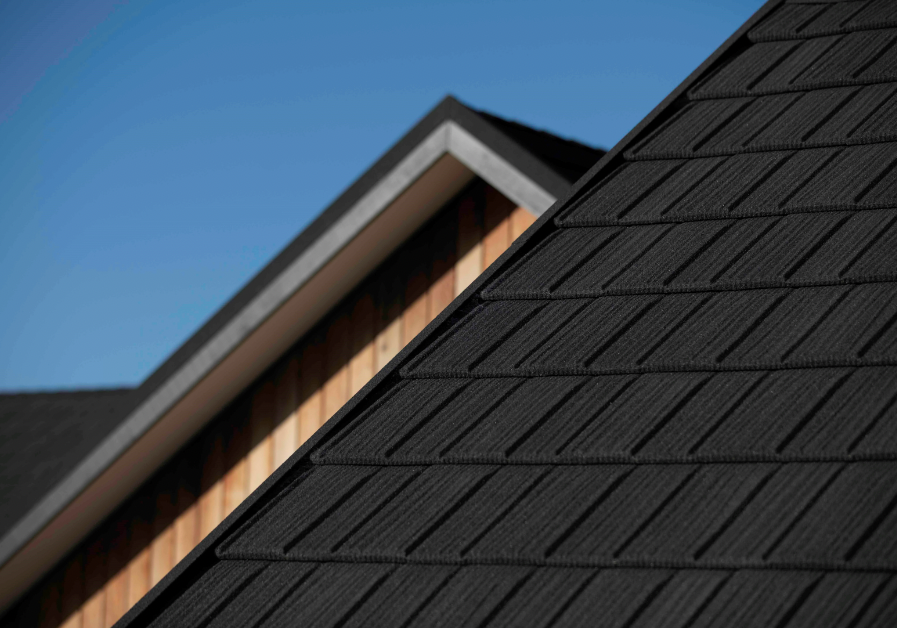

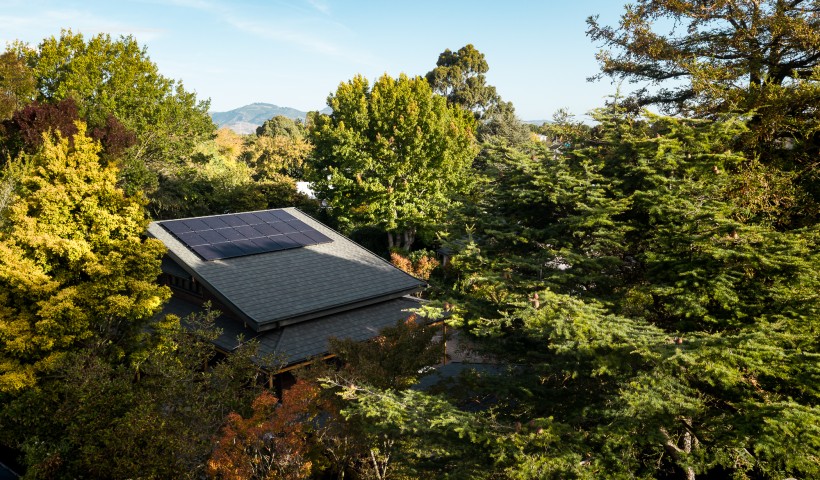
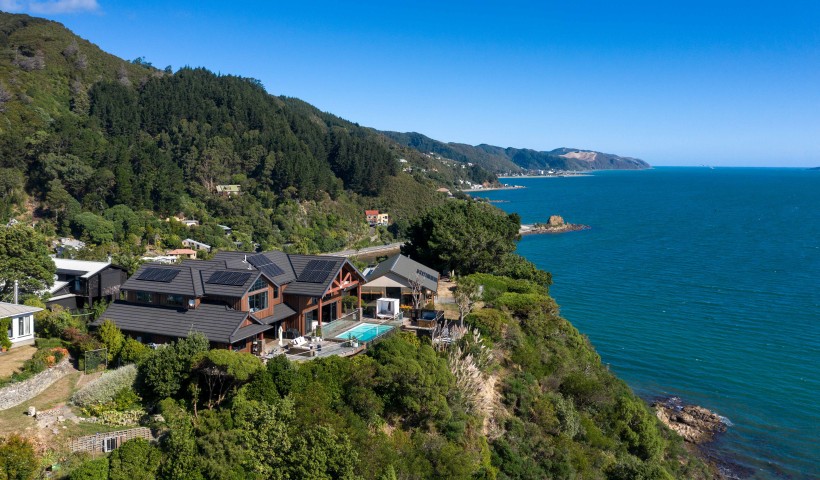
 Popular Products from Gerard Roofs
Popular Products from Gerard Roofs


 Most Popular
Most Popular


 Popular Blog Posts
Popular Blog Posts
